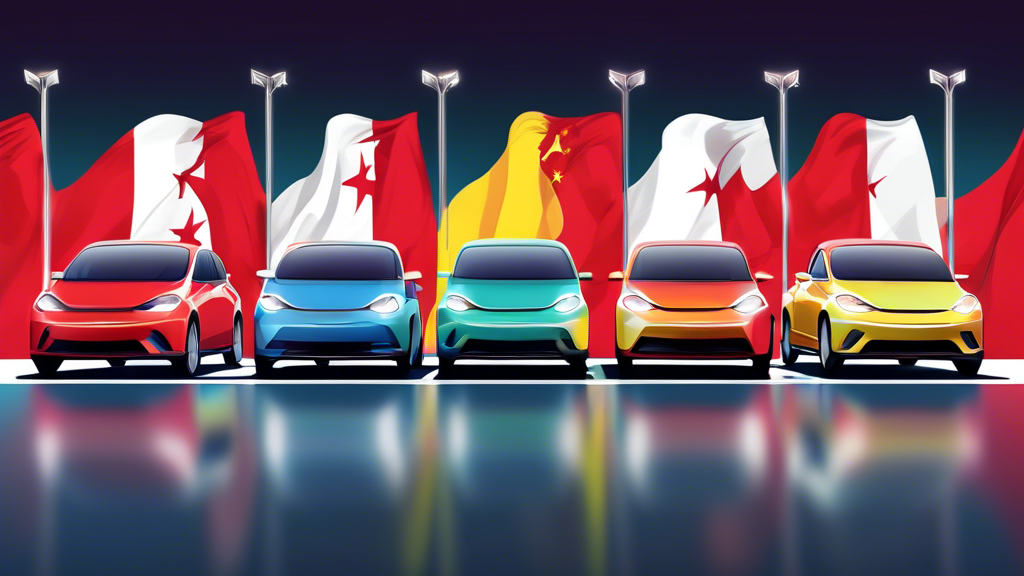
A Race for Dominance in the Region’s EV Manufacturing Hub
The battle of Southeast Asia EV manufacturing hub. In an era where environmental conservation has become a global priority, Southeast Asia finds itself at the forefront of an economic shift, with Malaysia and Indonesia vying to become the region’s EV manufacturing hub. Both nations recognize the strategic and economic benefits that leading the EV market could bring, from technological advancements to environmental leadership. Still, their approaches to becoming the region’s EV manufacturing hub and strengths differ significantly.
Indonesia’s Rich Resource Pool
Indonesia, a country with a vast and diverse natural resource base, has a significant advantage in the EV sector thanks to its large nickel reserves, a crucial component in EV batteries. This has attracted significant international investment, including Chinese companies looking to secure raw materials for battery production. Indonesia is leveraging this advantage by implementing policies that encourage the development of a complete EV supply chain, from mining and refining to manufacturing and recycling. The Indonesian government has moved to ban nickel ore exports to ensure that its resources benefit the domestic economy, particularly in manufacturing batteries and EVs.
Malaysia’s Strategic Manufacturing and Technology Focus
Malaysia, on the other hand, has taken a different approach. While it may not possess the same raw materials as its neighbor, Malaysia has a strong manufacturing sector, particularly in electronics, which it is looking to expand into the EV space. The Malaysian government has introduced EV manufacturing and battery production incentives to attract foreign investment and technology partnerships. Malaysia’s strategy also includes significant investment in research and development (R&D) to foster innovation in EV technology and infrastructure, positioning itself as a leader in high-quality EV production.
Government Incentives and Policies
Both countries have introduced a range of incentives to grow their respective EV markets. Indonesia has focused on the upstream side of the market, including tax exemptions for EV battery manufacturers and constructing industrial parks dedicated to EV production. Conversely, Malaysia’s incentives favor the downstream market, such as import duty exemptions on fully built EVs, income tax exemptions, and investment in charging infrastructure. These policies reflect each country’s strategic focus and competitive advantages in the burgeoning EV market.
The Road Ahead
The race to be Southeast Asia’s EV hub is not just about becoming a significant player in the global EV industry but also includes the broader implications for economic development, environmental sustainability, and technological innovation. For Indonesia, the path involves maximizing its natural resources to build an integrated supply chain that can serve the global EV market. Malaysia leverages its manufacturing prowess and R&D capabilities to produce high-tech, high-quality EVs and components.
The challenges ahead include building the necessary infrastructure, such as charging stations and power grids, to support widespread EV adoption and navigating the complex geopolitics of supply chains and trade relations. Moreover, both countries must ensure that their move toward EV manufacturing addresses concerns about sustainable mining practices and labor rights.
Conclusion – The Race for EV Manufacturing Hub
Malaysia and Indonesia are at the forefront of the shift towards electric vehicles in Southeast Asia, each with unique strengths and strategies. Their success in this endeavor will not only position them as leaders in the EV market. Still, it will also impact their economies, the environment, and the broader region’s role in the global automotive industry. As these nations charge ahead in their quest to become the EV hub of Southeast Asia, the world watches eagerly to see how this competition unfolds and who will emerge as the leader in this green revolution.
